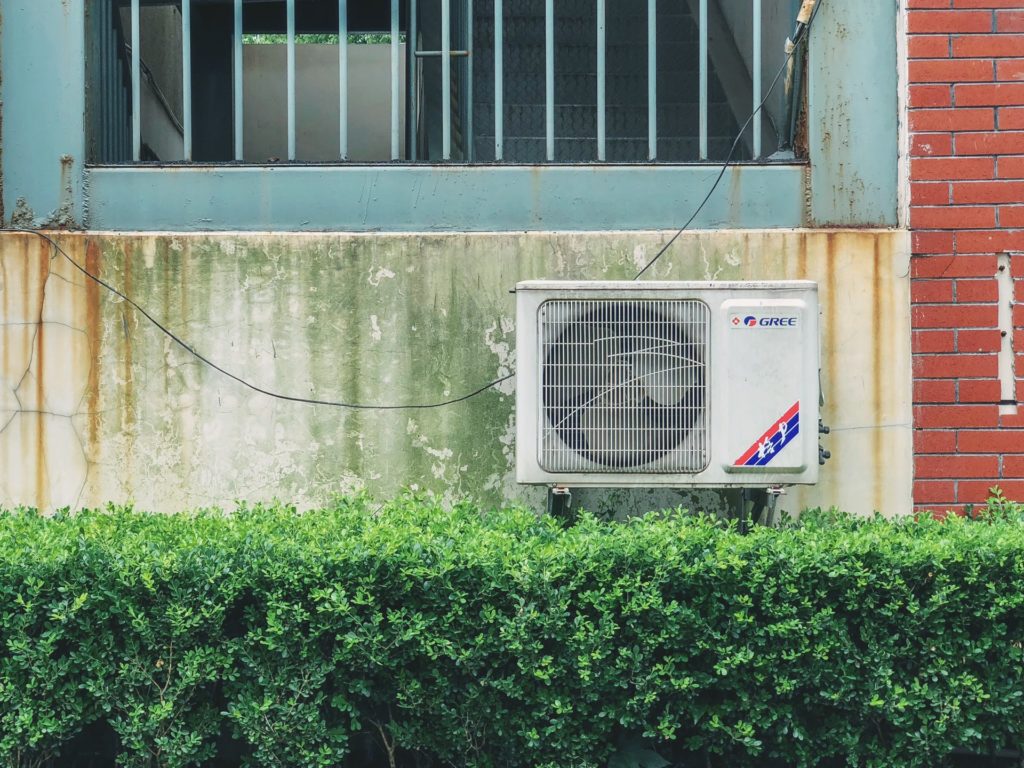Indoor air quality is extremely important. Think about it this way: every single day, the air we breathe into our lungs remains a factor in our quality of life. So, if you have poor indoor air quality, you’re not creating any benefits for your health. Not to mention, people have been spending even more time indoors during the past year due to quarantine lockdowns. With this in mind, consumers should start to prioritize caring about their indoor air quality. So, if you’re interested in learning more about how your air quality affects you and your loved ones, then keep reading, and consider common interventions to improve the air quality in your home.
Why does indoor air quality matter?
Indoor air quality matters because it directly impacts your health. If you or a loved one suffers from allergies or asthma, then constant exposure to poor air quality is a recipe for poor health. Even though you want to have good air quality for yourself, you also want to promote a healthy environment for every member of your family too. This is especially important for both young children and older-aged occupants who are more sensitive to air pollutants. If exposed constantly to these contaminants, you can exacerbate their symptoms, leading to potential health problems.
Common Air Pollutants
Some air pollutants come from within your home and have the potential to negatively affect your air quality. Some of the places that pollutants linger from include old lead paint, mold in damp places like bathrooms or crawl spaces, and even dust mites in certain areas like carpeting. Not to mention, your furry friend may add pet dander to the mix too.
In addition to these spaces in the home, things outdoors can alter your air quality too. For example, common allergy triggers like high pollen, viruses, gases, and other allergens that stem from outside also work their way indoors as your HVAC system pulls in air to use for air conditioning. Other common pollutants to look out for are excess moisture, which accelerates mold and mildew growth and also wreaks havoc, and creates unfortunate health side effects on vulnerable respiratory systems.
Possible Interventions for Air Quality
Arguably the best solution to improve indoor air quality is to utilize an air purification system. One type of air purifier is a portable air purifier that you can put in practically any room to improve the air quality. These systems run the air within your home through a filtration system. To put it simply, it takes in the current air within your home and pushes clean air out. When looking for the best air purifier, you can’t go wrong with the REME HALO air purifier that has won many awards for efficacy in the home. The REME HALO is an even better option than a portable filter because it attaches to your home’s current HVAC system to purify your air from typical allergens like dust, mold, mildew, pollen, and pet dander. However, it also eliminates both airborne and surface bacteria and viruses. In turn, you have an entire home system that provides the whole house with clean, good-quality air.
Is it worth it?
With all of these factors in mind, it’s quite understandable to conclude that prioritizing your air quality is a smart step towards a better quality of life. Plus, with REME Halos’ air filtration system, you get the peace of mind that your entire home is protected from pollutants, germs, microbes, and other viruses. At the end of the day, this promise of healthy, fresh air for you and your loved ones is a priceless contribution for all homeowners.

